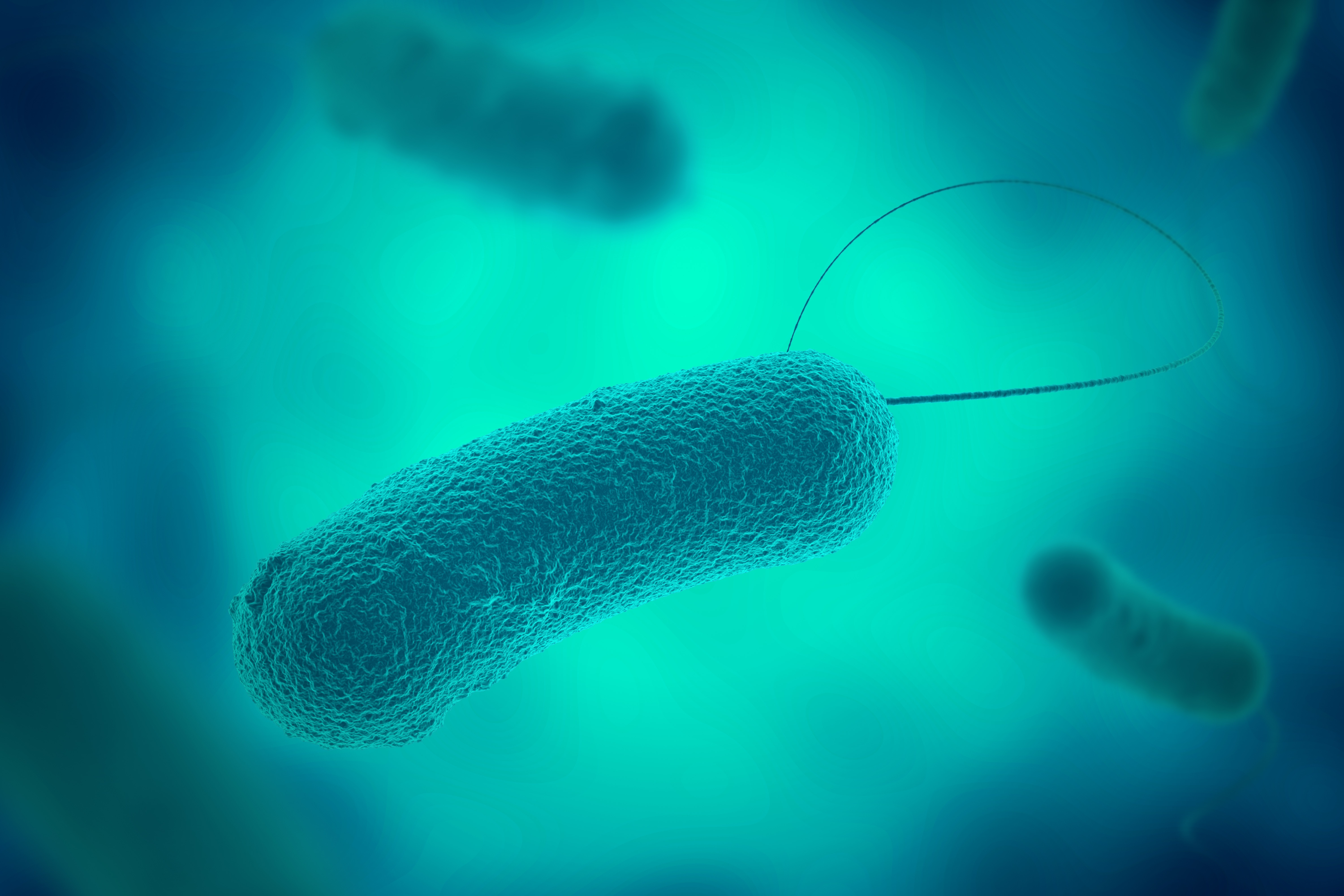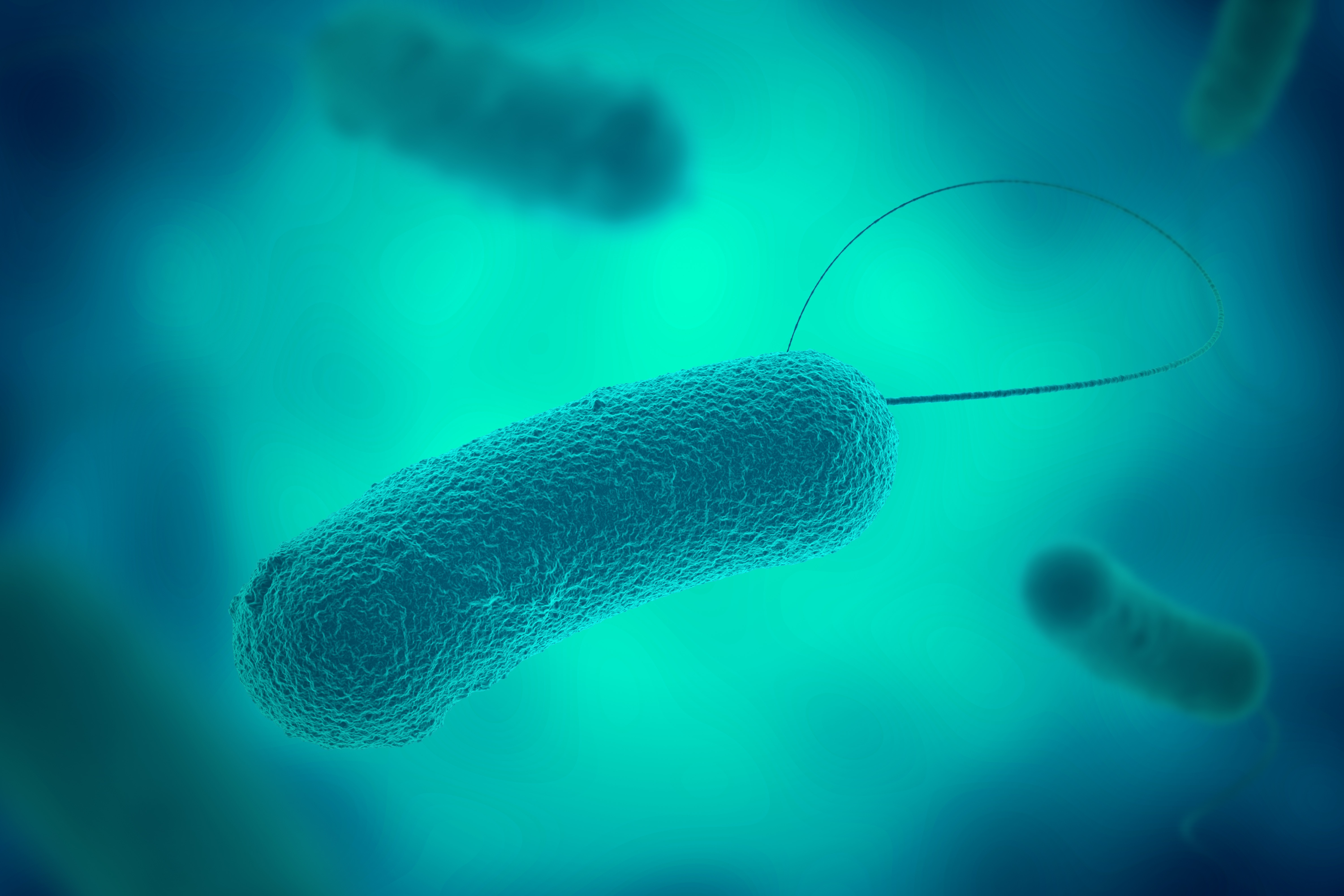
For the most part any location where water is held and could, possibly stagnate over a passage of time, can present itself as a breeding ground for legionella bacterium. To clarify, the longer water frequents a system – or the piping within a particular system’s infrastructure – then the greater the likelihood is that any disinfectant introduced to the source will dissipate over time; subsequently leading to pathogen growth. Meanwhile should biofilm form (essentially a substance with adhesive qualities which is created by bacteria) on the inside wall of water supply piping, its composition works to protect legionella from both heat and disinfectant.
As we’ve already learnt, legionella can evolve and distribute itself freely when water temperatures edge towards lukewarm, typically in the 25 - 42 degrees Celsius spectrum; which could, theoretically be achievable in a variety of everyday scenarios and locations in which we all come into contact with; via places of employment, our own homes, sports centres, spas pools, cruise ships, hospitals, care/nursing homes, etc. Other sources which could pose risks include sections of plumbing systems where stagnant water might collect, often referred to as a ‘dead leg’; emergency eye-wash stations being a prime example of this. Plumbing as a broader picture could be seen as something of an Achilles heel when it comes to tackling legionella bacteria, not least because today’s lower flow rates – consistent with modern plumbing fixtures and appliances – have resulted in water utility distribution systems observing longer transit times. This means water arrives in buildings at the point of human contact having been infiltrated by little, if any, residual disinfectant en route. This in turn contributes to increased pathogen growth in the property’s plumbing system.
In addition to this, more eco-friendly methods of water collection can play a part in encouraging the onset of legionella, unbeknownst to many people. With increased facilitation of rainwater catchment systems in buildings, cross connections between potable and improperly maintained non-potable water sources can, without the implementation of the necessary education, lead to the bacteria being introduced via potable water supply system. Therein, once it takes root, legionella bacterium can proliferate far and wide within a plumbing system which ultimately releases its liquid bulk by way of a fine mist of water or aerosol into the immediate atmosphere. And moreover, culminating in inhalation by those in close proximity to the outlet.
How Creating a Robust Safety Protocol is Key to Avoiding Legionella
Preparation, protocol, procedure, practice. The four ‘P’s’ if you like, are the all-important words companies and organisations across all sectors must bear in mind when it comes to actively engaging in the on-going war on legionella bacteria. According to a host of experts in this field, the most comprehensive means by which to minimise the threat of Legionnaires’ disease outbreaks is to design, implement and regularly update a property’s overall water safety plan. A plan, suffice to say that needs to be formulated and delivered on an engineering audit of an existing (or outlined) water system, and which critically gives focused consideration to any potentially hazardous conditions and/or areas of pathogen growth, and which fundamentally includes industry best practices to prevent Legionella contamination.
Identification and assessing the source of any legionella risk falls to a competent individual tasked with this continuous eventuality; and whose job it is to recognise a possible risk area and activate the means necessary to counter the threat before it has the opportunity to take hold. Carrying out a legionella risk assessment is always the very first port of call, and its importance should never be underestimated. Such practice exists to observe and describe a water system, flag up any possibly grey areas, documenting any controls already in evidence, procedures which hitherto monitor, inspect and maintain systems along with keeping accessible records of previous inspections and results performed and future review dates clearly stated.






